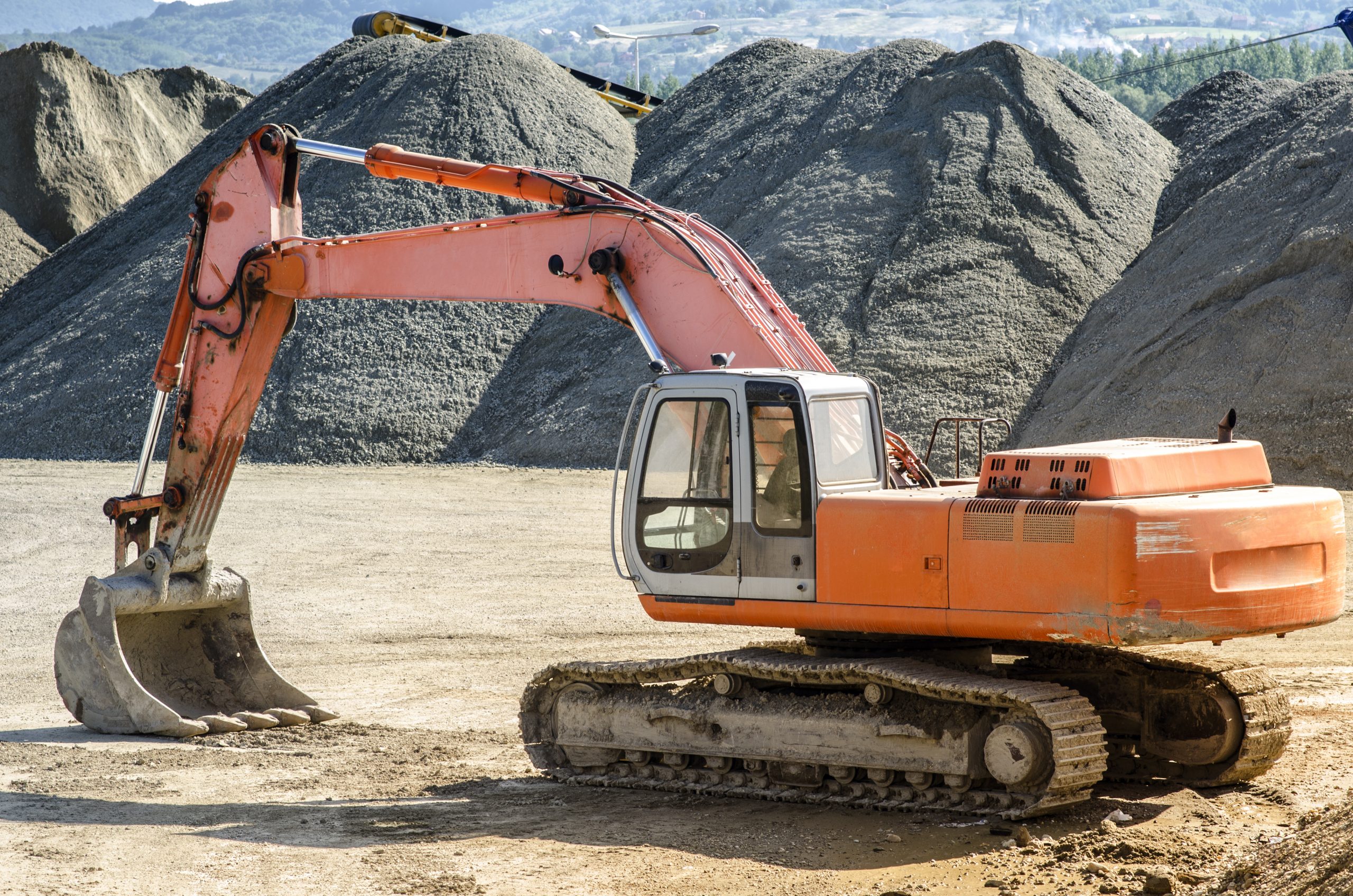Technology is advancing at a rapid rate and each year, there are more and more gadgets and devices that are being invented.
The majority of businesses in 2021 have now adopted new technology to optimize their workflow and maximize their success.
In particular, construction companies have seen experienced the many benefits of advanced technology. Technology such as artificial intelligence and various design software has completely reshaped the construction industry.
Whether you’re a business owner, project manager, or employee in a construction company, the use of technology is likely to influence your role more and more in the next few years. And this is what makes the construction world even more exciting!
Here are four types of new construction technology that are changing the digital landscape of the construction world.
Computer Aided Design (CAD)
If you’re wondering ‘what is CAD?’, you’re not alone! Most people outside of the construction world (and even some who work in the industry) have no idea what it is.
Computer aided design enables construction workers to create computerized designs in 2D and 3D. This makes it easier for them to visualize their constructions as they go, enhancing the development and modification of the design process.
CAD increases efficiency for construction workers by removing the need to hand-draw every design, which is normally one of the most time-consuming steps in the process.
They can share these digitalized designs and obtain feedback from the rest of the team as they go. Any necessary modifications or adaptations can be made through the CAD system to improve the plans before construction begins.
Building Information Modeling (BIM)
Building information modeling, commonly referred to as BIM, is a 3D modelling software that enables construction businesses to plan, design, and manage their projects more easily.
BIM technology encourages collaboration and communication. Every team member can be granted access to the system to see relevant updates on any projects they are working on.
Important documentation, designs, and project outlines can be stored in the system to enhance efficiency and productivity. It can also be used to monitor finances to ensure each project remains within its allocated budget.
3D Printing
3D printing has streamlined the process of sourcing materials. Construction workers can prefabricate designs prior to transporting the materials, which removes the need for multiple designs to be created before transportation.
This can speed up the design and construction process and reduces costs associated with obtaining, transporting, and storing materials.
3D printing is currently expensive to implement, so many construction companies are unable to adopt this technology. However, it’s likely to decrease in price over time as it becomes simpler to understand.
Artificial Intelligence (AI)
Artificial intelligence has been rapidly developing since its initial invention. It involves using machines to simulate human knowledge, thinking, and behavior. Many construction businesses can use it to complement their current workflow to improve the analytic and decision-making processes.
AI has enabled the automation of iterative processes, such as analyzing large documents or inputting high volumes of customer data. This can enhance workflow, boost efficiency, and increase safety across construction sites.
Although it can be complex and costly to integrate into your existing system, it can reduce labor costs and processing times in the long run.



